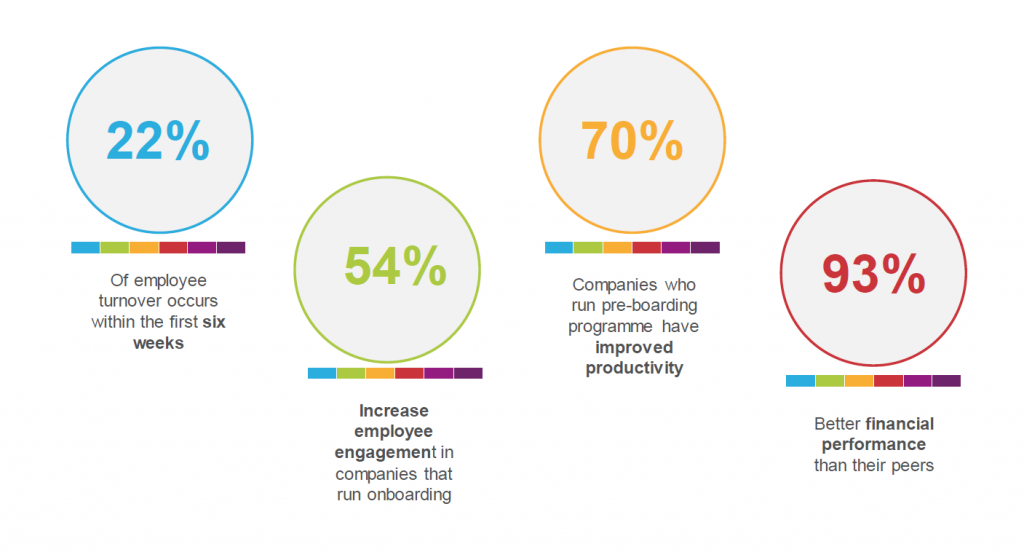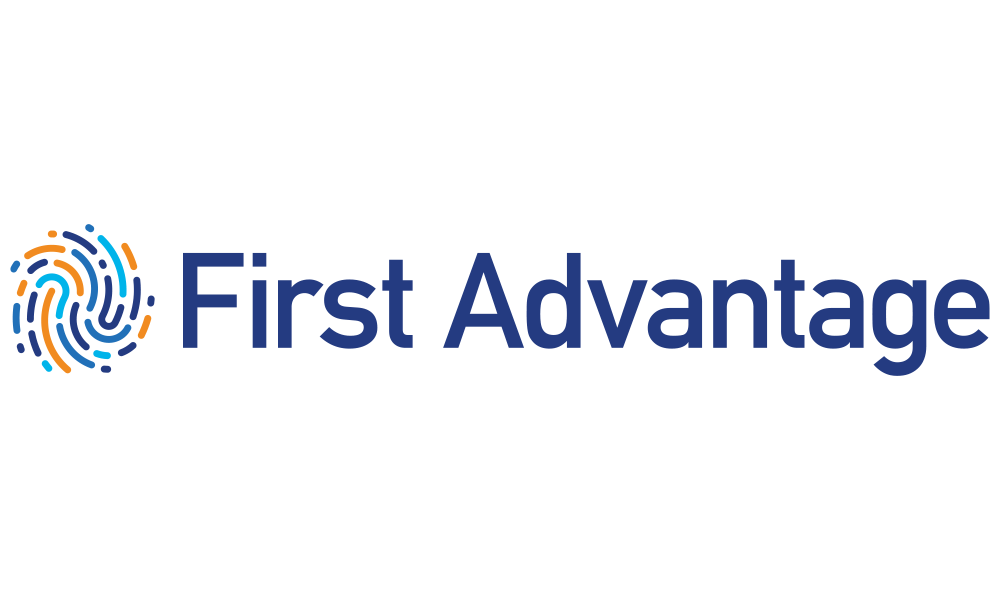Whitepaper: The 007 of Onboarding
Onboarding is a key aspect of the recruitment process which, when done right, will boost your candidate experience, retention and overall success.
Getting as much information as you can through background screening will ensure that your decisions are accurate and lead to the outcomes you need to grow and innovate your organisation.
In addition, there are many ways in which you can communicate with your candidates in a way that develops your employer branding and helps you to stand out. Keeping the conversation going will maintain engagement and prevent those strong candidates from slipping away.
Adam Rudd offered insights to the value of pre-employment screening and other important onboarding tips to maximise success. The first step is knowing why you have such measures in place, rather than it being a ‘tick-box exercise’.
Your Main Challenges
Our roundtable discussions are excellent opportunities for like-minded individuals to discuss some of the prevailing challenges they face. It also allows us to better understand what these challenges are, so we have compiled your thoughts and summarised some of your top onboarding challenges.
- Convincing hiring managers of the value onboarding holds. A common issue cited at the networking event was that managers simply are not enthused at the prospect of onboarding. Without seeing the immensely valuable results of onboarding in practice, its importance can largely be underestimated.
- Standardising the process – as different candidates may have different needs, it can be difficult to tailor the onboarding process in a way that is a positive experience for everyone.
- Loss of interest and candidate ghosting – many candidates will seemingly be invested in the recruitment process but following the point of offer, stop responding. Adam pointed out that through tracking, it’s possible to see that candidates have opened an email and simply not acknowledged it. Tracking the time frames here can be vital in establishing whether it’s a case of candidate ghosting or whether to give candidates a prompt.
The 007 of Onboarding
The first step in enhancing your onboarding process is to challenge existing measures which are likely to be more archaic in nature.
It’s also crucial to note that the recruitment sphere is becoming increasingly dominated by technology. Recruiting in the fourth industrial revolution brings a range of unique challenges but also opportunities to be harnessed. Adam shared some tips on how to create a positive candidate experience in your onboarding strategy.
First Advantage provides easy-to-understand background reports so you can confidently make talent decisions. They provide employment screening including criminal history, education, employment, and professional license verifications, global sanctions and credit checks. Our searches cover 200+countries and territories.
Key Take-aways:
- Make data-driven decisions and leverage technology. You can do this by using technology to track the progress of your current processes. Data can tell you crucial information such as at what point there’s been the highest level of candidate drop-out. Using these types of insights, you can focus on innovation rather than giving your time and energy to areas that don’t require it.
- Keep the candidate engaged. You don’t want to be losing top candidates due to losing their interest. Candidates may have other job offers, or the momentum simply might have slowed down meaning their engagement level has gradually decreased. Adam emphasised;
- “Be proactive with the information.” Returning back to the value of data-driven decisions, this means not only observing the data and the patterns identified from it, but acting on this. This can be as simple as sending a follow-up email if you can see that a candidate has opened an offer and not yet responded. Maintaining that level of communication and having ample data to incentivise this will boost engagement and help to secure those top hires.
- Get creative! Take the opportunity to extend your brand awareness. Using interactive media such as videos is a prime way of doing this. The assumption might be that candidates don’t like receiving follow-up emails, but this is not the case. Chances are, they will click on the links and view the media in the email just out of curiosity. What this does for you is re-ignites their interest in your company and helps to consciously immerse them back into the process.
To round off, Adam challenges us to view onboarding as a ‘minimum-contact sport’. Essentially, it’s important to make the process as swift and efficient as possible. This will benefit both parties involved. Candidates will hugely prefer a process which is less lengthy for them. Of course, it can never truly be a ‘one-touch’ experience, but limiting the steps involved is a strong start.
Focus on the journey, not the turn-around time.”
From Offer With Love
We also heard from Liz Dowling, Talent Consultant for start-ups and scale-ups.
Liz works independently and assists small businesses in developing their onboarding process in a manner which will maximise success by creating a seamless experience through using the right tools. Liz began by sharing some enlightening statistics which truly demonstrate the importance of having a well-established onboarding process in place.

- The fact that 22% of employee turnover occurs within a candidate’s first 6 weeks is truly a testament to the importance of effective onboarding. On the other hand, those who have an onboarding process when compared to companies who do not outperform their peers by an enormous 93%. Essentially, these early stages are vital to how a candidate shapes their perspective of your organisation as well as their position within it. If they do not feel from the outset that they belong there, they will most likely not see a future there.
Key Take-aways:
Liz posed the question: When does onboarding begin?
With answers varied, Liz stressed that it begins right from the point of offer. It’s important to build a clear path for a candidates’ first 90 days and to ask what it is they are going to achieve; what they can bring to the company. Setting clear goals will allow you to give this candidate the means to achieve them.
Technology is another topic of debate within onboarding: to what extent does it help? While tech can help to drive efficiency, it certainly cannot be relied on to carry the process. As there are so many touchpoints throughout the candidate journey in the onboarding process, there needs to be a level of human interaction in order to maintain engagement. Too much tech will also prevent you from truly getting to know them.
Another key topic to consider within your onboarding process is diversity. The question is – should there be different onboarding processes for different individuals? Neurodiversity might be a factor, there might be candidates whose different cognitive styles mean they benefit from a different approach to onboarding. To work around this, it is ideal to have a sense of consistency within the onboarding structure which also allows for a certain level of flexibility. This may be as simple as providing more training for those who are less experienced and simply offering support where it is necessary.
Conclusion
- Gather as much data as you can about a candidate throughout the process. This will prevent you from having to go back, use up more time to retrieve information which could all just be compiled neatly in one place
- See onboarding as an opportunity to increase your brand awareness – add links, videos, images and get your name ingrained in their memory!
- Understand that candidates like a challenge. No one likes a lengthy, overly-complicated screening process. However…maintaining that balance between having a process which is challenging and a positive candidate experience will incite their interest and maintain their level of engagement. The candidates you want will be self-starters and motivated individuals, so embed this into the onboarding process and allow them to show you what they’ve got.
- In the words of Adam himself, be proud! Showcase your company persona with pride. Having conversations with candidates at an early stage and being transparent will help to ensure that their experience is a seamless one.
- Make use of the data. As already stated, proactivity is key. Having the data there is one thing, but using it to drive your decisions is another. Doing so effectively means tuning into the different touchpoints of the candidate journey and ascertaining where the problem is. With this insight, you can drive innovation and be proactive with the information at your disposal.
For more information about candidate screening and the options available to you, get in touch with First Advantage:
Website: https://fadv.co.uk/
Phone number: +44 (0) 800 088 5473
Email: emea@fadv.com



